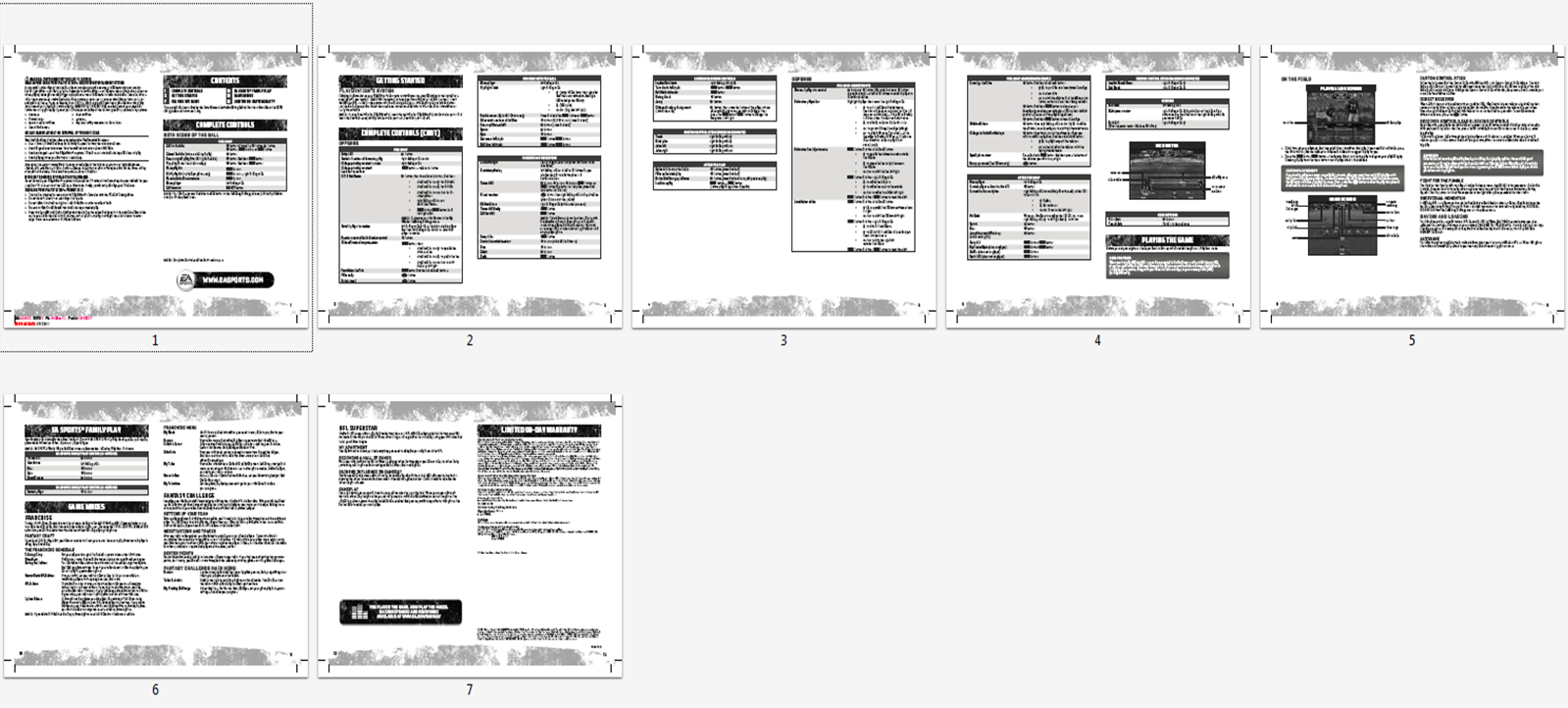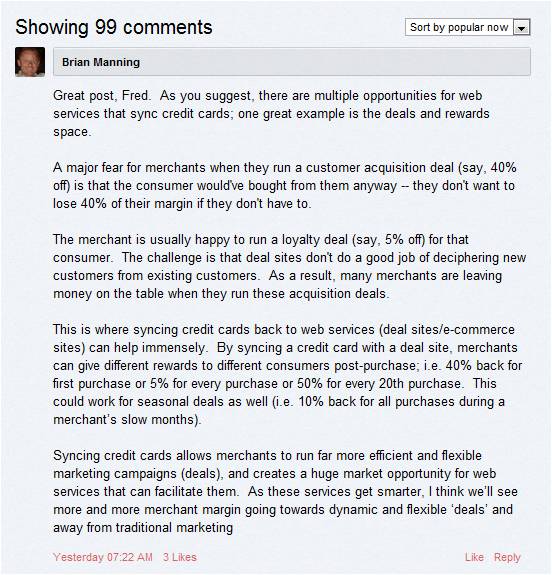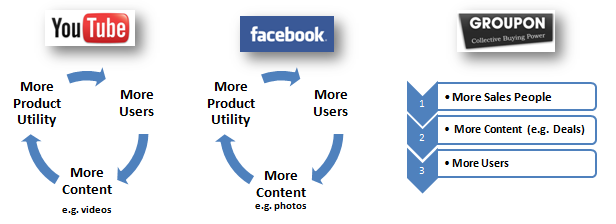Statues of Steve Jobs
One of my management professors in business school once told my class that someday we'll see statues of Steve Jobs all over the United States.
It was his view that Jobs literally saved the U.S. and its economy by recognizing the commercial potential of PARC's mouse-driven graphical user interface (GUI) back in the early eighties. The invention of GUI led to the personal computer and put the U.S. in a position of power in the software and computing industry. At a time when it seemed America was rapidly losing in every major industry (automobiles, electronics, manufacturing, etc.), winning in software and computing may be the reason the U.S. continues to be a global economic powerhouse (by most measures the list of the top software and technology companies is still dominated by American companies).
Regardless of whether he deserves the statues might be debatable, but his outrageous success as a businessman is not. The Economist had an article covering his resignation as CEO of Apple this week. In it, they included a timeline of his career. I pulled out a few examples and added some of my own to illustrate what an absolute business legend Jobs has been. Amazing.
1976 - Co-founds Apple, launches first personal computer
1980 - Apple goes public
1984 - Launches Macintosh
1985 - Ousted as CEO after boardroom coup
1985 - Founds Pixar
1997 - Renamed Apple CEO
1998 - Launches iMac
1999 - Launches iBook
2001 - Opens first Apple Store
2001 - Launches iPod
2003 - Launches iTunes
2006 - Pixar sold to Disney for $7.4 billion
2007 - Launches iPhone
2010 - Launches iPad
2011 - Apple surpasses Exxon Mobil as most valuable company in the world
For more on Jobs, check out Jim Keenan's recent post that includes some of his favorite quotes on business. Some great stuff in there.





